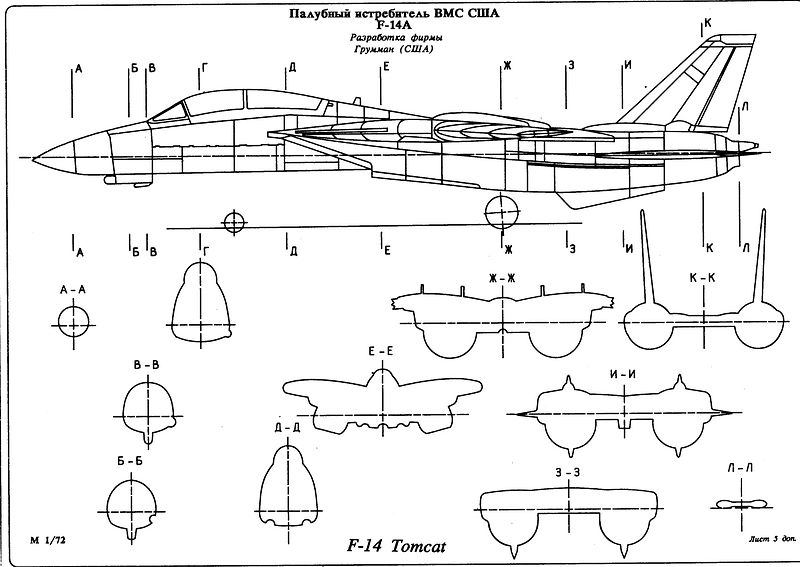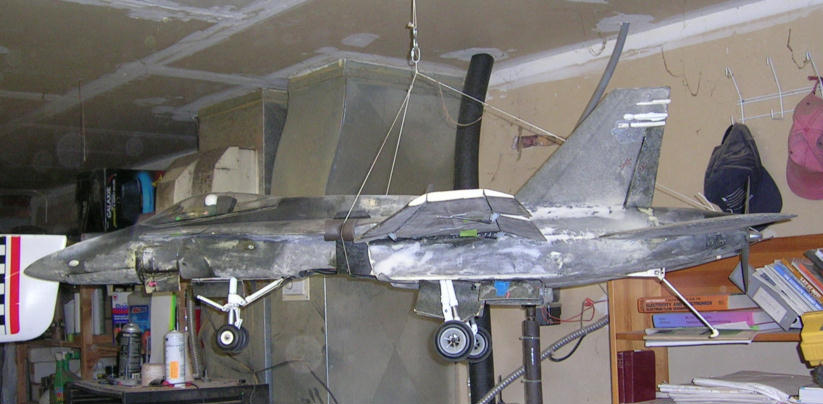HI! Everybody,
I 'm planning to build a 1/10 scale F/A-18 after searching all the forums and decided to go with this plan. Any advice from menbers please share your info to me pictures or detail parts also can,as this is the very first time on big scale plan. Pictures on the first page as shown on the attachment thanks. http://www.airwar.ru/other/draw/f18sq.html
Jameswilliam.
I 'm planning to build a 1/10 scale F/A-18 after searching all the forums and decided to go with this plan. Any advice from menbers please share your info to me pictures or detail parts also can,as this is the very first time on big scale plan. Pictures on the first page as shown on the attachment thanks. http://www.airwar.ru/other/draw/f18sq.html
Jameswilliam.


















Comment